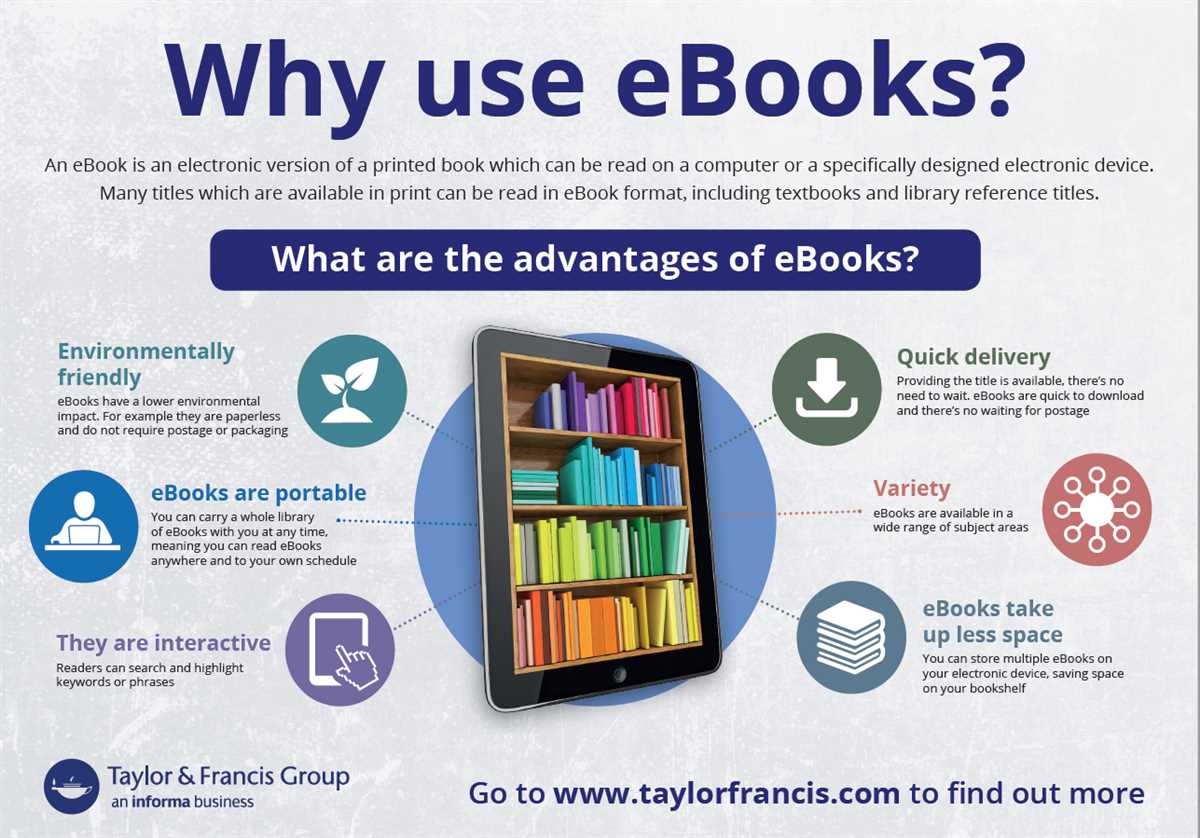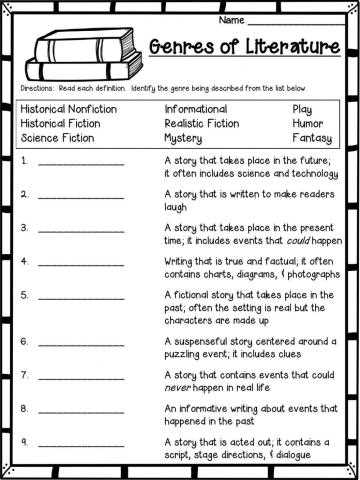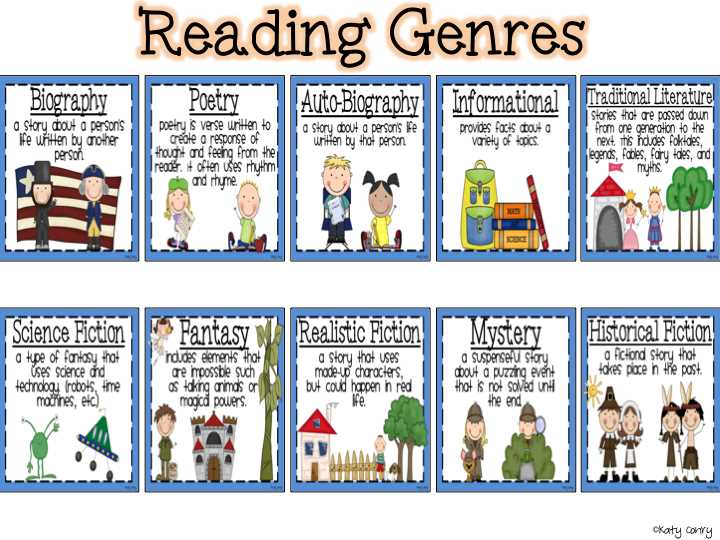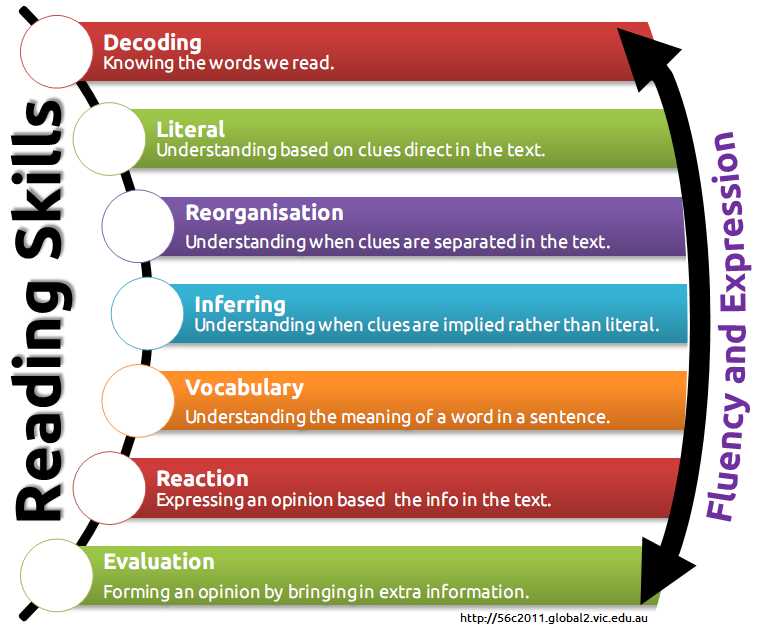
Reading literature texts can be a delightful and enriching experience. Whether you are a student studying literature or a casual reader, understanding how to approach a literary text can make a world of difference in your reading experience. In this article, we will explore some useful tips and techniques that will help you navigate through literature texts and fully appreciate their depth and complexity.
1. Engage with the text
When reading literature, it is important to actively engage with the text. This means immersing yourself in the world created by the author and paying attention to the characters, setting, and plot. Try to visualize the scenes and events in your mind, and put yourself in the shoes of the characters. This will help you form a connection with the text and make the reading experience more meaningful.
2. Analyze the themes
Literature texts often explore universal themes and ideas. Look for the underlying messages and symbolism in the text. Pay attention to recurring motifs and imagery, and try to decipher what they might mean. This will give you a deeper understanding of the text and allow you to engage with the author’s ideas and intentions.
3. Consider the context
Understanding the historical and social context in which a literature text was written can greatly enhance your reading experience. Research the time period, author’s background, and any relevant historical events that may have influenced the text. This will provide you with valuable insights into the themes and characters and help you appreciate the text on a deeper level.
By following these tips, you will be able to approach literature texts with a fresh perspective and gain a deeper appreciation for the written word. Reading literature can be a transformative experience, so take the time to delve into the words on the page and let them transport you to new worlds of imagination and understanding.
What is a literature test and why is it important?
A literature test is an assessment that evaluates a person’s understanding and interpretation of literary works. It is designed to measure the reader’s comprehension of the text, as well as their ability to analyze and interpret the themes, characters, and literary techniques used in the writing. Literature tests are commonly used in educational settings, such as literature courses in schools and colleges, to assess students’ knowledge and critical thinking skills.
Why is a literature test important? Firstly, it helps individuals develop critical thinking skills and enhances their ability to analyze and interpret different forms of literature. By engaging with various literary works, readers learn to think deeply, analyze complex ideas, and make connections between different elements within a text. This skill is valuable not only in the study of literature but also in many other aspects of life, such as analyzing and interpreting information in other subject areas, as well as in professional and personal contexts.
A literature test also helps to foster a deeper appreciation and understanding of literary works. By examining the themes, symbolism, and literary devices used in a text, readers can explore the author’s intentions and messages. This deeper understanding allows readers to engage more fully with the literature, enhancing their enjoyment and overall experience of reading. Literature tests encourage readers to dive beneath the surface of a text and discover the hidden layers of meaning within.
In addition, literature tests provide an objective measure of a reader’s knowledge and understanding. They allow teachers, professors, and educators to assess students’ comprehension and analytical skills, helping them to identify areas where further instruction or support may be needed. Literature tests also provide students with feedback on their progress, highlighting areas of strength and areas for improvement. This feedback can be used to guide future learning and enhance the learning experience.
In conclusion, literature tests play a crucial role in assessing readers’ comprehension, analytical skills, and deeper understanding of literary works. They help individuals develop critical thinking skills, foster a deeper appreciation for literature, and provide an objective measure of knowledge and understanding. Whether as a student or a lifelong learner, engaging with literature tests can enhance one’s reading experience and broaden their understanding of the written word.
Understanding the Purpose of a Literature Test

When it comes to studying literature, one of the key assessment tools that students encounter is the literature test. This test is designed to evaluate a student’s understanding, interpretation, and analysis of literary works. It serves several important purposes in the field of literature studies.
Assessing Comprehension: The primary purpose of a literature test is to assess a student’s comprehension of the assigned literary works. It tests their ability to understand the plot, characters, themes, and other significant elements of the texts. By evaluating comprehension, literature tests ensure that students have engaged with the material and acquired the fundamental knowledge required for deeper analysis.
Analyzing Literary Devices: Another purpose of a literature test is to assess a student’s ability to identify and analyze various literary devices. These devices include similes, metaphors, symbolism, imagery, and others. By asking specific questions about these devices, literature tests evaluate a student’s understanding of how authors use language and literary techniques to convey meaning.
Interpreting Themes and Messages: Literature tests also aim to evaluate a student’s interpretation of the themes and messages conveyed within the literary works. They require students to delve deeper into the text, analyze the subtext, and uncover the hidden meanings. By testing interpretation skills, literature tests encourage critical thinking and the development of literary analysis skills.
Enhancing Reading and Writing Skills: Finally, literature tests serve a broader purpose of enhancing students’ reading and writing skills. By closely reading and analyzing literary works, students improve their ability to understand complex texts, make connections, and express their thoughts coherently. Literature tests provide an opportunity for students to synthesize their understanding and articulate their analysis effectively.
In conclusion, literature tests play a crucial role in evaluating a student’s comprehension, analysis, interpretation, and overall engagement with literary works. They serve as a tool to assess understanding, highlight the importance of literary devices, foster critical thinking, and enhance reading and writing skills. Literature tests are not only a means of assessment but also a means of furthering students’ growth and appreciation of literature.
Benefits of Reading Literature:
Reading literature has numerous benefits, both for personal development and academic growth. Firstly, reading literature tests enhances critical thinking skills as it requires readers to analyze and interpret the text. Literature often presents complex themes and characters, forcing readers to make connections, draw conclusions, and think critically about the underlying messages. This process strengthens analytical abilities and fosters a deeper understanding of the text.
In addition, reading literature tests improves language skills and vocabulary. Literature is known for its rich and varied language, with authors often using vivid descriptions and evocative imagery. By exposing oneself to different styles of writing, readers can expand their vocabulary and enhance their own language usage. Moreover, encountering unfamiliar words and expressions in literature encourages readers to look up their meanings, improving their overall language proficiency.
Furthermore, reading literature tests fosters empathy and emotional intelligence. Characters in literature often face various challenges and experiences that readers can relate to or learn from. By immersing themselves in the lives of fictional characters, readers develop a greater understanding of different perspectives and emotions. This empathetic connection not only broadens one’s worldview but also enhances emotional intelligence, allowing readers to better understand and empathize with others in real life.
- Improves critical thinking skills
- Enhances language skills and vocabulary
- Fosters empathy and emotional intelligence
How to approach a literature test
When preparing for a literature test, it is important to have a strategic approach to ensure success. One key aspect is to carefully read and analyze the assigned texts. Take your time to thoroughly understand the plot, characters, themes, and literary devices used in the works. This will enable you to engage in meaningful discussions and answer questions more effectively.
Make annotations and take notes while reading the texts. Jotting down your thoughts, highlighting important passages, and summarizing key points will help you remember and recall the information when needed. Organizing your notes by theme, character, or specific literary device can be especially helpful, as it allows for easy reference during the test.
Create a study schedule to ensure you have enough time to review all the required texts. Break down the material into manageable chunks and allocate specific study sessions to read, analyze, and discuss each text. Be consistent with your schedule and avoid cramming all your studying into one day, as this can lead to information overload and decreased retention.
- Practice answering sample questions to familiarize yourself with the types of questions that may be asked in the test. Look for practice tests or past exam papers to get an idea of the format and difficulty level. Pay attention to the wording of the questions and practice constructing well-structured, evidence-based responses.
- Participate in class discussions and ask questions to deepen your understanding of the texts. Actively engaging in class and seeking clarification on any confusing aspects will enhance your comprehension and critical thinking skills. Additionally, discussing different interpretations and perspectives with peers can broaden your understanding of the texts.
- Review literary terms and techniques to ensure you are familiar with the terminology commonly used in literary analysis. Knowing the definitions and examples of terms such as symbolism, foreshadowing, and irony will enable you to better analyze and interpret the texts.
In conclusion, approaching a literature test requires careful reading, thorough analysis, and effective studying strategies. By dedicating sufficient time to understanding the texts, taking detailed notes, practicing sample questions, actively participating in class, and reviewing literary terms, you can feel more confident and prepared when facing the test.
Strategies for analyzing literature texts
When analyzing literature texts, it is important to employ a range of strategies to fully understand and appreciate the nuances of the work. One helpful strategy is close reading, which involves carefully examining the text for specific details and patterns. By paying attention to small details such as word choice, imagery, and symbolism, readers can gain deeper insights into the themes and motifs of the work.
Another effective strategy is to consider the historical and cultural context of the literature. Understanding the time period in which a work was written can provide valuable insights into the author’s intentions and societal influences. For example, knowledge of the social and political climate can shed light on the themes and messages of the text. Additionally, considering the cultural norms and values of the time can help readers better understand the characters and their motivations.
- Making connections to other texts and works of literature is an important strategy in analyzing literature. By drawing comparisons between different works, readers can uncover common themes or ideas that transcend time and place. This can lead to a deeper understanding of the universal human experience portrayed in the literature.
- Analyzing the structure and narrative techniques employed by the author is also crucial. Paying attention to elements such as point of view, foreshadowing, and plot structure can provide insights into the author’s storytelling choices and enhance the reader’s understanding of the work as a whole.
- Considering the author’s background and biography can also be a useful strategy in analyzing literature. Examining an author’s life experiences, beliefs, and motivations can provide valuable context for understanding the themes and messages of their work. It can also illuminate connections between the author’s life and the events or characters depicted in the literature.
Key Elements to Focus on When Reading Literature
When reading literature, there are several key elements that should be focused on in order to fully understand and appreciate the work. These elements help to unravel the depth and meaning of the text, and provide a richer experience for the reader.
1. Plot
The plot is the sequence of events that make up the story. Pay attention to the development of the plot, the conflicts, and the resolution. Look for any twists or surprises that may occur, as they often reveal deeper themes and messages.
2. Characters

Characters are the driving force behind a story. Analyze their behaviors, motivations, and relationships with other characters. Observe how they evolve and grow throughout the narrative. Characters often represent larger ideas and themes within the literature.
3. Setting
The setting is the time and place in which the story takes place. Examine how the setting influences the events and characters in the story. Pay attention to the details and descriptions provided by the author, as they often enhance the overall reading experience.
4. Theme
Themes are the underlying messages or ideas that the author wants to convey. Analyze the themes presented in the literature and consider how they relate to real-life experiences and universal truths. Themes can vary widely, from love and loss to social justice and morality.
5. Style and Language

The style and language used by the author contribute to the overall tone and atmosphere of the literature. Pay attention to the author’s use of figurative language, symbolism, and imagery. Consider how these literary devices enhance the reader’s understanding and experience.
Conclusion

Reading literature is more than just following a story; it is about exploring the complexities of human experiences and emotions. By focusing on key elements such as plot, characters, setting, theme, and style, readers can delve deeper and uncover the beauty and richness of the literary work. So, next time you pick up a piece of literature, remember to pay attention to these elements and allow yourself to be immersed in a world of imagination and understanding.